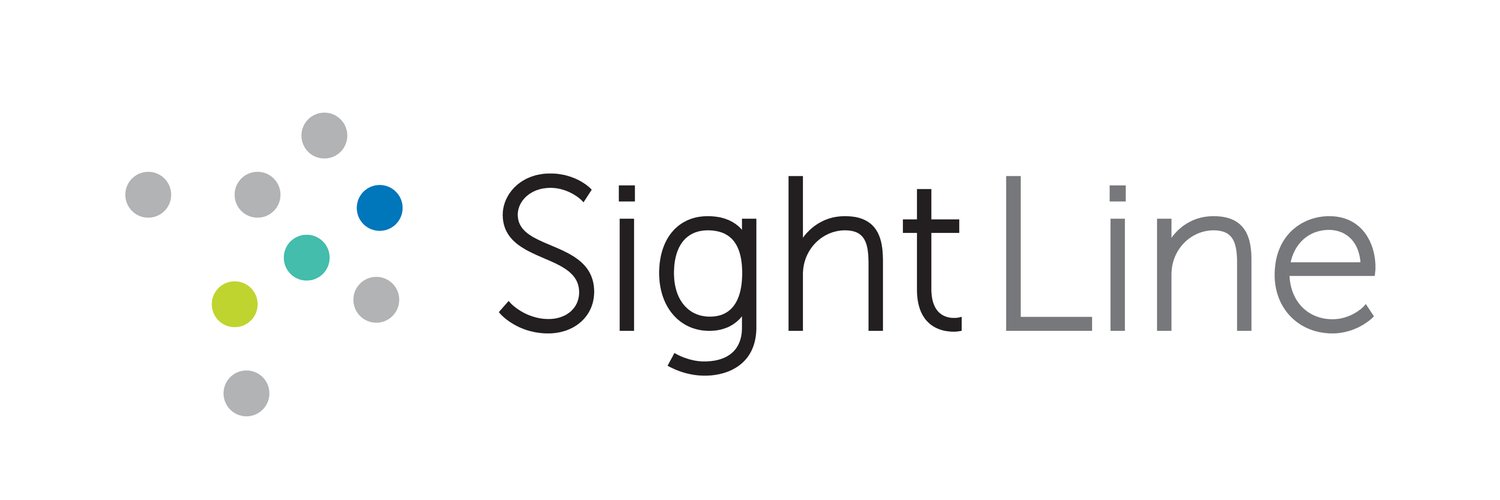A Smarter Path to Enrollment: 8 Steps to Financial Aid Leveraging
Has financial aid leveraging or optimization always felt like a black box to you? Institutions are searching for ways to use their aid resources more effectively by enrolling the right students while maintaining financial health and fulfilling their mission. But if you aren’t familiar with the underlying process of financial aid optimization, it can be difficult to know which firms to partner with. We are lifting the veil on aid optimization with our eight-step approach.
SightLine offers institutions a clear, data-driven process to rethink how they award aid and price their offerings. Our eight-step roadmap empowers enrollment leaders to align their aid strategies with institutional goals, market realities, and student needs. Here’s a breakdown of each step in the process.
Step 1: Quantify the Regional Market
Before making any changes to tuition or aid policies, it’s crucial to understand the broader landscape. This step involves analyzing IPEDS data and other public sources to build a comprehensive picture of the institution’s regional market. Key metrics like published tuition, net price, discount rate, enrollment yield, and student academic profile are visualized and tracked over time.
Why this matters: Without this market context, it’s impossible to know whether your pricing and aid strategies are competitive—or whether changes will make you more or less attractive to prospective students.
Step 2: Quantify the Direct Market
Zooming in from the regional level, the next step is to evaluate your institution’s position relative to its direct competitors. SightLine recommends identifying roughly 30 institutions that your prospective students are also considering for enrollment, to compare yield rates, discounting, and enrollment trends.
If your yield rate is above average, you may have strong brand recognition and effective marketing. If it’s below average, your message may not be resonating with the right audience—or your pricing may be misaligned. This step helps diagnose those issues and identify where to focus future efforts and investments.
Step 3: Identify Differentiators Relative to Competitors
With a list of direct competitors in hand, institutions can begin to identify what makes them stand out—or what they need to do to stand out. SightLine encourages institutions to track and visualize changes in competitor pricing and student outcomes year over year, which often reveals strategic positioning opportunities.
For example, one university identified that it had one of the lowest discount rates in its peer group. By leaning into this positioning and offering clearer, more transparent pricing, it found a compelling differentiator that resonated with cost-conscious families.
Step 4: Develop a Probabilistic Enrollment Model
At the core of financial aid optimization, is understanding how students respond to different aid offers. This step involves building an advanced predictive model to estimate each student’s likelihood of enrolling based on their individual characteristics and the aid package offered.
SightLine tailors these models to each institution, testing approaches from simple logistic regression to complex AI and machine learning techniques. The result is a model that helps schools understand not just who enrolls, but why—and how changes in aid could shift enrollment behaviors.
Step 5: Adjust the Award Structure and Simulate What-If Scenarios
With the predictive model in place, institutions can simulate various award strategies—without risking real dollars or enrollment outcomes. What if we increased aid for students with mid-range GPAs? What if we reduced awards for students likely to enroll anyway and are able to pay?
SightLine works with institutional leaders to define and test these “what-if” scenarios, projecting enrollment outcomes and revenue impacts before any changes are implemented.
Step 6: Quantify the Range of Possible Outcomes
Any new aid strategy carries risk, and this step is about quantifying it. Using statistical simulations, SightLine estimates the full range of possible outcomes for each scenario, including best-case, worst-case, and most likely impacts on enrollment, revenue, and student quality.
This risk assessment is essential for sound decision-making. For instance, a scenario might project a gain of 45 students on average—but there’s also a chance it results in fewer students or stretches resources too thin. Institutions can weigh these trade-offs before committing to change.
Step 7: Select the Best Awarding Strategy to Meet Goals
Once scenarios have been tested and risks understood, it’s time to choose the optimal strategy. This means selecting the award structure that best meets institutional goals—whether that’s increasing net tuition revenue, growing enrollment, supporting underrepresented student segments, or preserving academic quality.
Importantly, financial decisions must align with mission-driven priorities. Aid shouldn’t just bring in more students—it should bring in the right students, support retention, and reflect the values of the institution.
Step 8: Visualize and Communicate the Findings
Finally, successful implementation hinges on communication. SightLine helps institutions clearly visualize the data, assumptions, and outcomes behind each decision so that all stakeholders—from enrollment officers to financial aid counselors and even cabinet members—understand and support the new strategy.
Transparency builds confidence and ensures consistency across departments. It also empowers frontline staff to answer tough questions from families and deliver a cohesive message about the institution’s value and commitment to affordability.
Turning Insight Into Action
SightLine’s roadmap doesn’t just help institutions make better aid decisions—it transforms financial aid from a reactive necessity into a strategic asset. By grounding award strategies in data, modeling, and simulation, institutions can confidently pursue their enrollment goals while honoring their mission and values.
Interested in taking the next step? Visit sightlinedata.com to learn how SightLine’s predictive modeling solutions can support your enrollment strategy from start to finish and use our contact form to reach out!
